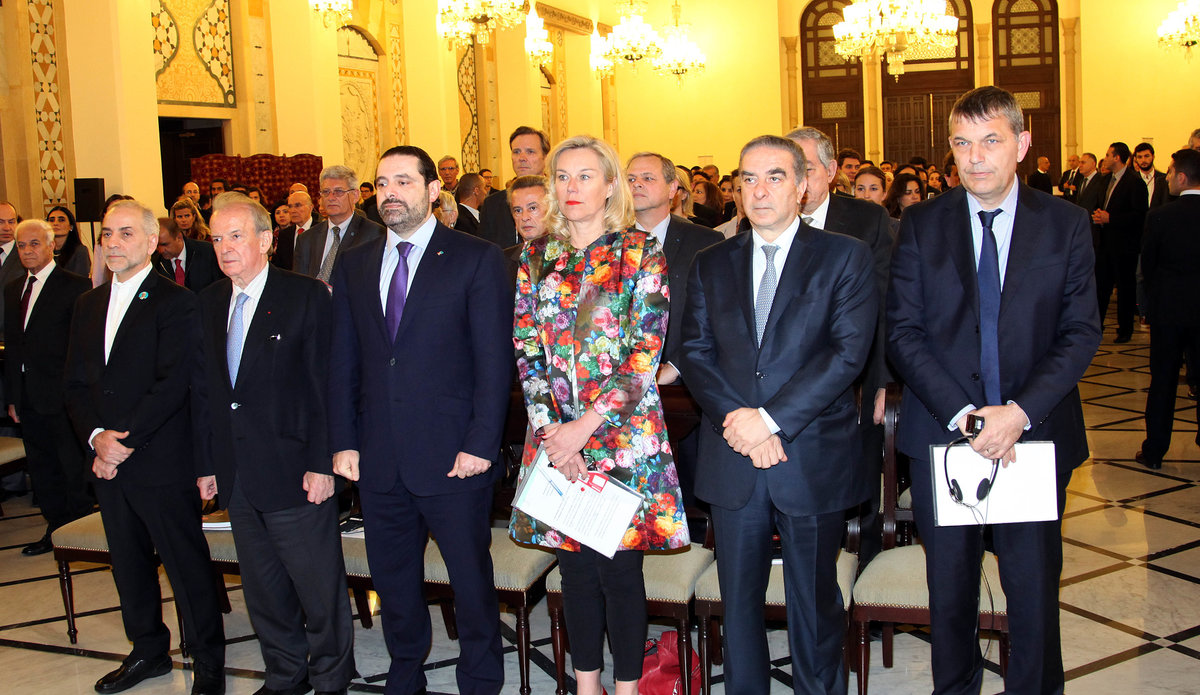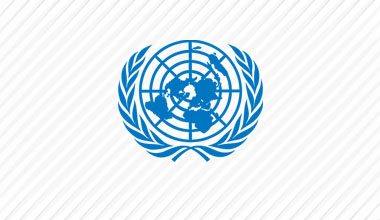UN and Lebanon launch Lebanon Crisis Response Plan for the Period 2017-2020
Prime Minister Saad Hariri together with UN Special Coordinator Sigrid Kaag and UN Resident and Humanitarian Coordinator Philippe Lazzarini, formally launched today the Lebanon Crisis Response Plan 2017-2020 at the Grand Serail.
As the conflict in Syria approaches its seventh year, the Government of Lebanon and its national and international partners appealed for US $2.8bn to provide critical humanitarian assistance and protection as well as invest in Lebanon’s public infrastructure, services and local economy in 2017.
The Lebanon Crisis Response Plan brings together more than 104 partners to assist 2.8 million highly vulnerable people living in Lebanon. It aims to provide protection and immediate assistance to 1.9 million Syrian refugees, vulnerable Lebanese and Palestine refugees and deliver basic services to 2.2 million people as well as to invest in the Lebanese infrastructure, economy, and public institutions.
During the LCRP launching, Prime Minister Saad Hariri stated that “Lebanon’s security and stability is my priority. It is in the interest of both Lebanon and the international community to safeguard and reinforce the stability as an anchor for stability and development and a driver for reconstruction in the region”. He also added that “we want an opportunity for a country that has immensely suffered from decades of shocks yet remained resilient, an opportunity for achieving sustainable development”.
Despite the concerned efforts of the government, the international community and civil society to mitigate the impact of the Syrian crisis on Lebanon and the large-scale response underway, the needs of the affected population, both displaced and host communities, are outpacing the Government of Lebanon’s and its partner’s ability to provide adequate services. As a result, coping strategies are being tested.
“This is a moment of tremendous opportunity as we launch the LCRP that should be seized and built upon for Lebanon’s security, stability and its future generations,” said UN Special Coordinator for Lebanon, Mrs. Sigrid Kaag at the LCRP launching at the Grand Serail. “It is not up to Lebanon alone to handle the impact of the Syria crisis, therefore we can and should continue to do more even if means are limited,” she added.
Lebanon’s infrastructure has been stretched to its limits due to the 28 percent increase in its population in less than five years. Vulnerabilities between both the host communities and refugee populations have worsened over the past years with the vast majority struggling to meet their basic needs such as food, rent, and healthcare. More than half of the Syrian refugees, ten percent of the Lebanese and six percent of Palestine refugees from Syria live on less than US $2.5 a day. In addition, over 250,000 school-aged Syrian refugee children are out of school.
“As the crisis enters its seventh year, it is clear that Lebanon needs not only to be supported to manage the impact of the crisis but also to remain an anchor for stability and driver for reconstruction in the region. More attention is needed to transform the crisis into opportunity and to address pre-existing development constraints Lebanon has been struggling with for the last decade. It means enabling universal access to education for both Lebanese and Syrian refugees. It also means investments to stimulate economic growth and opportunities to create jobs. What is foremost needed is a national development plan,” UN Resident and Humanitarian Coordinator Philippe Lazzarini stated
In addition to the pressures on an already fragile infrastructure and the strain on public services, the conflict raging in Syria has had severe economic repercussions on Lebanon that have resulted in a loss of trade revenues, tourism and decline in investment.
In 2016, crisis response partners received US$ 1.2 billion against the joint appeal which has helped avoid a sharp deterioration in humanitarian conditions and the country’s infrastructure.
 UN
UN





